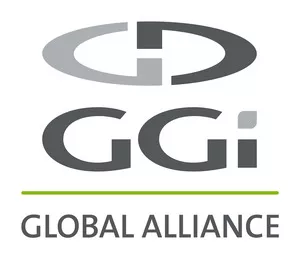- within Tax topic(s)
- within Tax, Litigation, Mediation & Arbitration and Technology topic(s)
Importing goods from third countries into Poland generally triggers an obligation to pay value-added tax (VAT) at the time of customs clearance. However, the legislature has introduced a special mechanism allowing taxpayers registered as active VAT payers to account for import VAT directly in their VAT return, without the need for physical payment at the time of import (Article 33a of the VAT Act).
This mechanism enhances the financial liquidity of businesses by eliminating the need to advance funds for VAT at customs clearance. VAT neutrality is maintained – the tax burden arises only upon the subsequent sale of the goods.
In practice, only a limited number of taxpayers use this mechanism, mainly due to a lack of awareness and difficulties in maintaining timely settlements for all taxes and liabilities with the tax office and the Social Insurance Institution (ZUS).
To apply the simplified procedure, several formal conditions must be met.
The taxpayer must:
- Be an active VAT payer in Poland;
- Hold appropriate customs authorisations, such as Authorised Economic Operator (AEO) status, or a permit for self-declaration of customs entries (alternatively, use a licensed customs representative);
- Submit written notification of the intention to apply Article 33a to both the competent Head of the Customs and Tax Office and the Head of the Tax Office no later than six days before the first import under this
- procedure; and
- Present valid certificates confirming no tax or social security arrears, or submit a declaration confirming their absence.
Information on the absence of such public liabilities must be renewed every six months – failure to do so results in removal from the simplified procedure register.
A taxpayer using Article 33a is also required to file VAT returns on time, and report import VAT consistently with customs documentation. If acting through a customs representative, the taxpayer must provide copies of submitted VAT returns along with confirmation of their filing, to ensure consistency between customs and VAT data.
These requirements are objectively feasible for most businesses. Therefore, even micro and small enterprises should consider applying the simplified import procedure, as it can offer tangible benefits in terms of tax settlement efficiency, improved cash flow, and smoother import operations.
The content of this article is intended to provide a general guide to the subject matter. Specialist advice should be sought about your specific circumstances.


